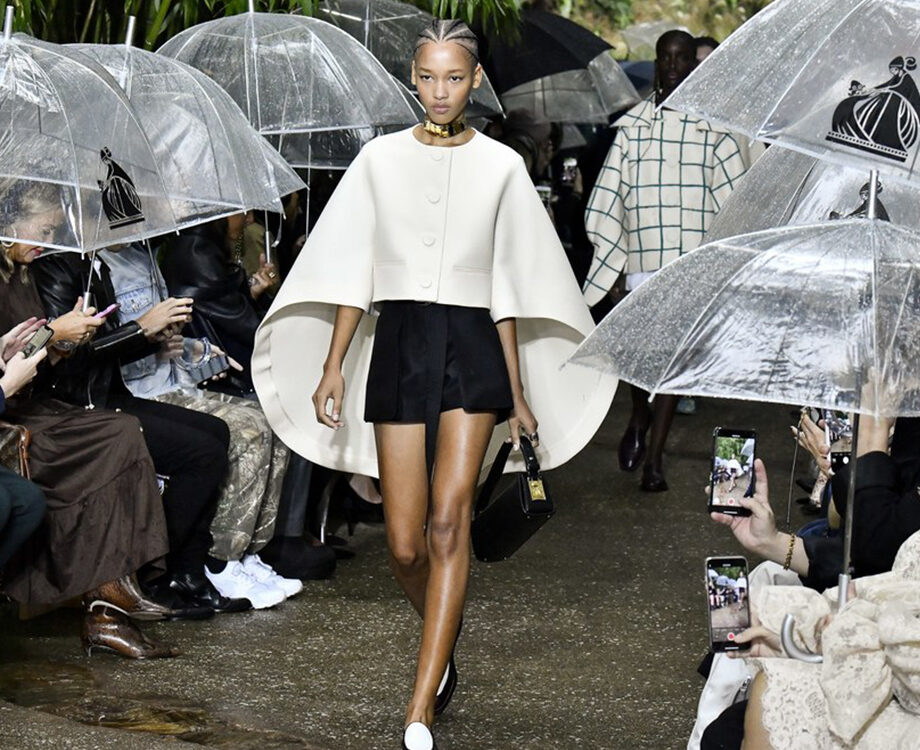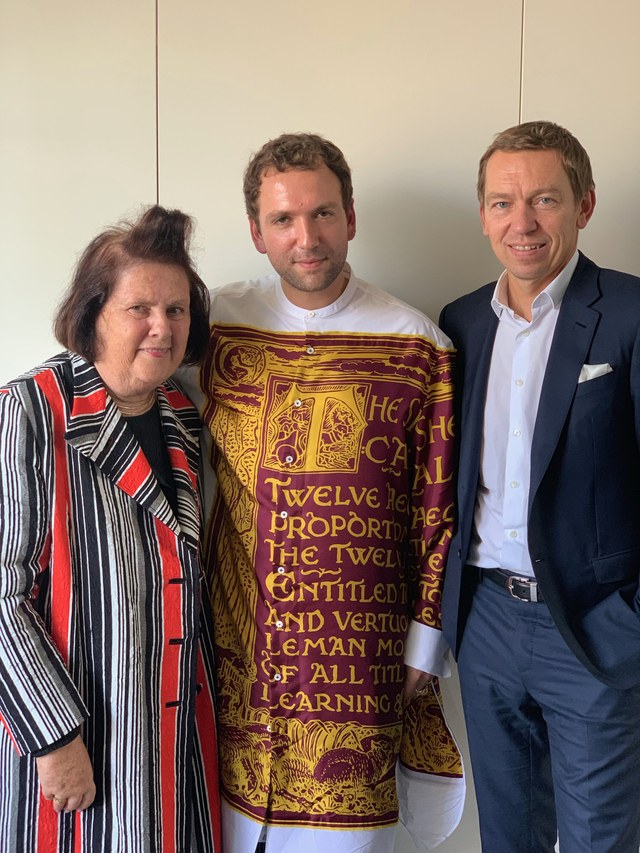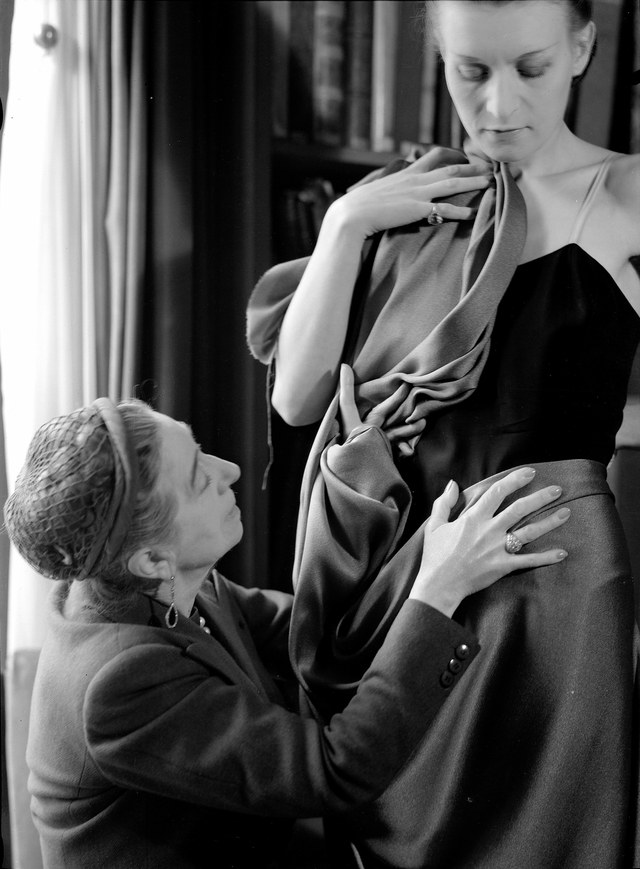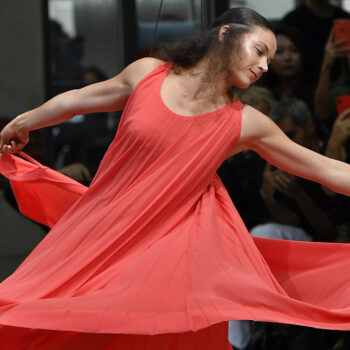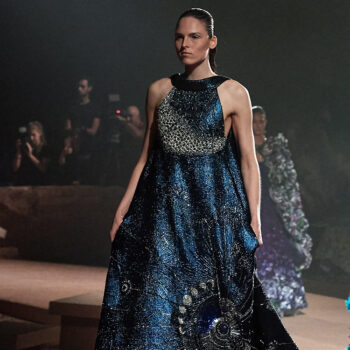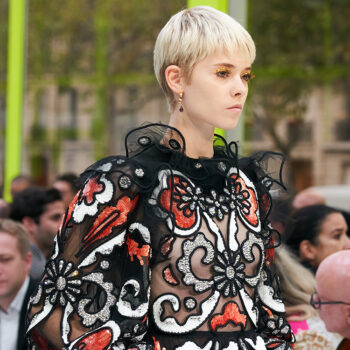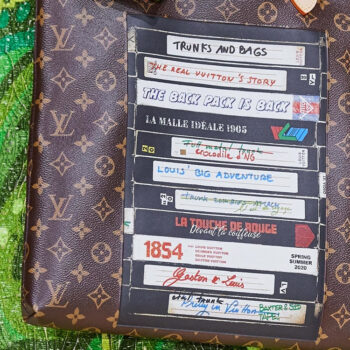The rain fell relentlessly over the garden at the Quai Branly Museum for Lanvin’s Spring/Summer 2020 show. It poured on the models in their loosely tailored summer outfits. And it flowed over the transparent plastic umbrellas and waterproof capes provided for the audience seated in the soggy venue.
Except that the rain protection at this show was not plastic. As if! The capes were thoughtfully crafted from a maize-based recyclable material by Lanvin Creative Director Bruno Sialelli. At 31, he is one of a new era of millennial creatives for whom caring about the planet is a given, not an option.
“He’s very modern, very transversal; we wanted a designer who could have leadership and a global vision,” says Jean-Philippe Hecquet, CEO of Lanvin.

In early 2018, Fosun International, a major Chinese conglomerate listed on the Hong Kong Stock Exchange, acquired a controlling stake in France’s longest-running couture house. Fosun is the first Chinese company to possess a storied brand at the upper level of French fashion, although it already owns American luxury knitwear brand St. John and, since 2013, the French resort group Club Med, pioneer of aspirational vacations.
To celebrate past and future, Fosun will mark Lanvin’s 130th anniversary by staging an exhibition at the Fosun Foundation in Shanghai. It will open on 6 December — the same day that the brand’s new concept store launches at the Bund Finance Centre (BFC) right opposite.
Lanvin is more famous for its past than its present — especially after the departure of Alber Elbaz, its much-loved Creative Director from 2001 to 2015. A revolving door of designers has succeeded him, before the brand’s owner, the Taiwanese investor Wang Shaw-lan, decided to sell.
Hecquet, whose career has spanned 11 years with Louis Vuitton in locations including Canada and Hawaii, was thorough in his choice of the new designer, who also acts as overseer of accessories and works with creative teams for the house’s different fashion sectors.
